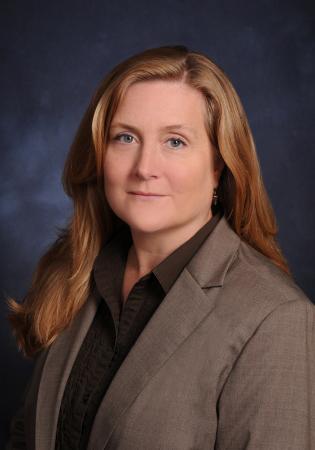If you have a promising technological innovation to improve patient care, than you might want to be in the Suddath Seminar Room in the Parker H. Petit Biotech Building this Tuesday, November 11, from 11 to noon. That’s when the Emory/Georgia Tech Coulter Translational Partnership (CTP) will lift off once again.
“We’re re-launching the program and it’s going to be a different model than it was before,” says Rachael Hagan, director of the program, funded by the Wallace H. Coulter Foundation, whose essential goal is to move promising technologies from the lab to commercial development and clinical practice.
“We’re concentrating on funding research directed toward unmet medical needs and to get products to market,” says Hagan. “So we fund partnerships between the clinician, who has the need, and the principal investigator who has a technical solution. This usually happens after they ‘ve already done the basic research and they’re in the proof-of-concept stage. We want to help them fill in the gap in funding that happens at that time, to move the technology from the bench to the bedside.”
The Emory/GT CTP, based in the Wallace H. Coulter Department of Biomedical Engineering (BME), is one of 15 CTPs at universities around the country, including the University of Washington-Seattle, where Hagan was the program director for eight years before coming to Atlanta to revive a program that had basically been on sabbatical for several years.
Hagan says the BME (a collaborative effort between Emory and Georgia Tech) was the first recipient of the Coulter Translational Partnership Award back in 2000. Eight more universities were added to the partnership in 2005 (Boston University, Case Western, Drexel, Duke, Stanford, University of Michigan, University of Virginia, University of Washington, University of Wisconsin), and six more have been added since (Columbia, Johns Hopkins, University of Louisville, University of Missouri, University of Pittsburgh, University of Southern California).
“The program has morphed and evolved and we’ve developed best practices through the years,” Hagan says. “We know what we’ve got to do to get this program back up on its feet and make it a great success.”
The journey begins with today’s open house in Petit Institute Room 1128 (Suddath Seminar Room). Hagan will be on hand to reintroduce the program, discuss the application process and answer any questions about this funding program.
Jerry Grillo
Communications Officer II
Parker H. Petit Institute for
Bioengineering and Bioscience
Media Contact
Jerry Grillo
Communications Officer II
Parker H. Petit Institute for
Bioengineering and Bioscience
Keywords
Latest BME News
Jo honored for his impact on science and mentorship
The department rises to the top in biomedical engineering programs for undergraduate education.
Commercialization program in Coulter BME announces project teams who will receive support to get their research to market.
Courses in the Wallace H. Coulter Department of Biomedical Engineering are being reformatted to incorporate AI and machine learning so students are prepared for a data-driven biotech sector.
Influenced by her mother's journey in engineering, Sriya Surapaneni hopes to inspire other young women in the field.
Coulter BME Professor Earns Tenure, Eyes Future of Innovation in Health and Medicine
The grant will fund the development of cutting-edge technology that could detect colorectal cancer through a simple breath test
The surgical support device landed Coulter BME its 4th consecutive win for the College of Engineering competition.








